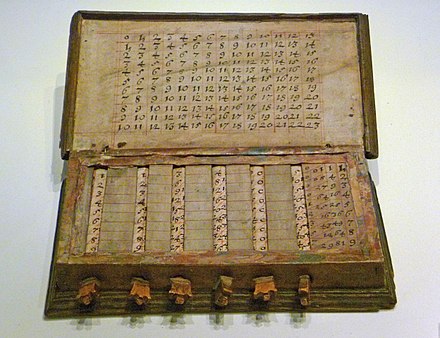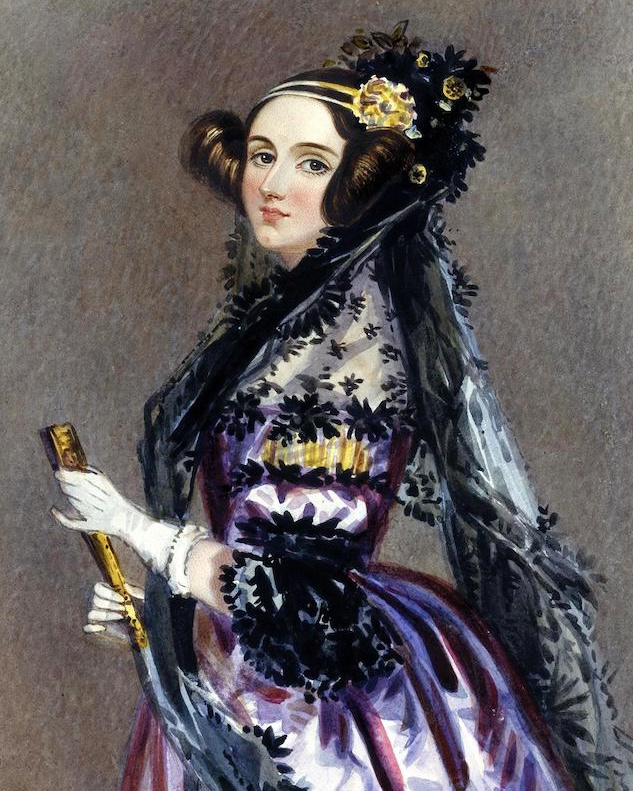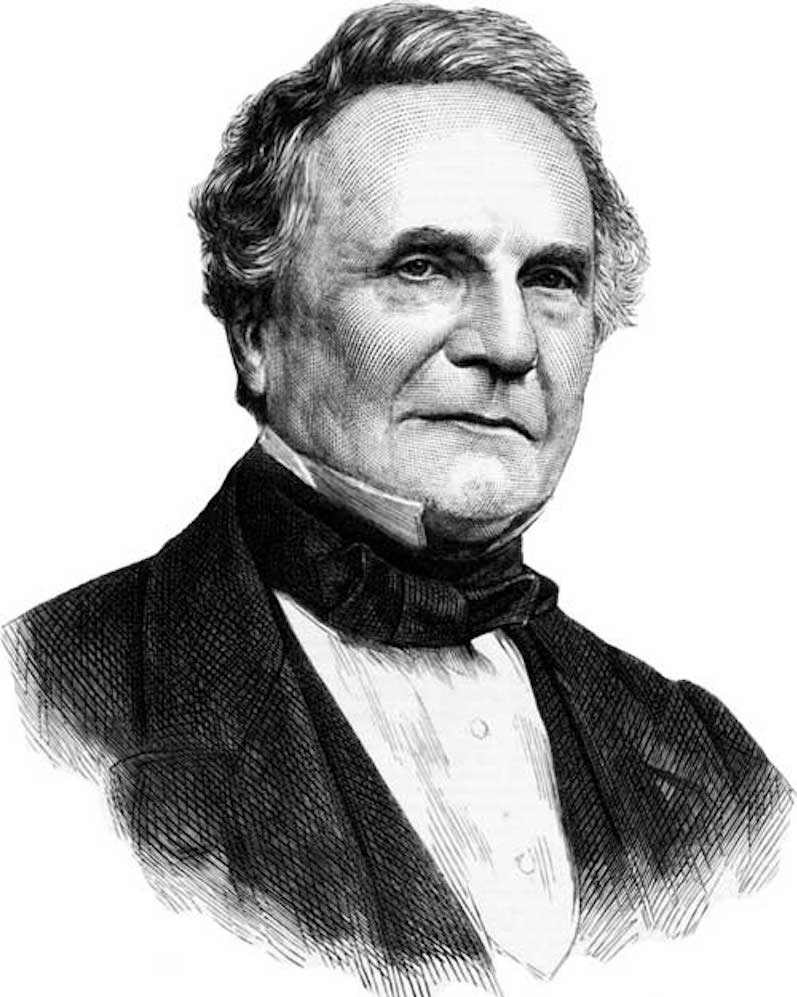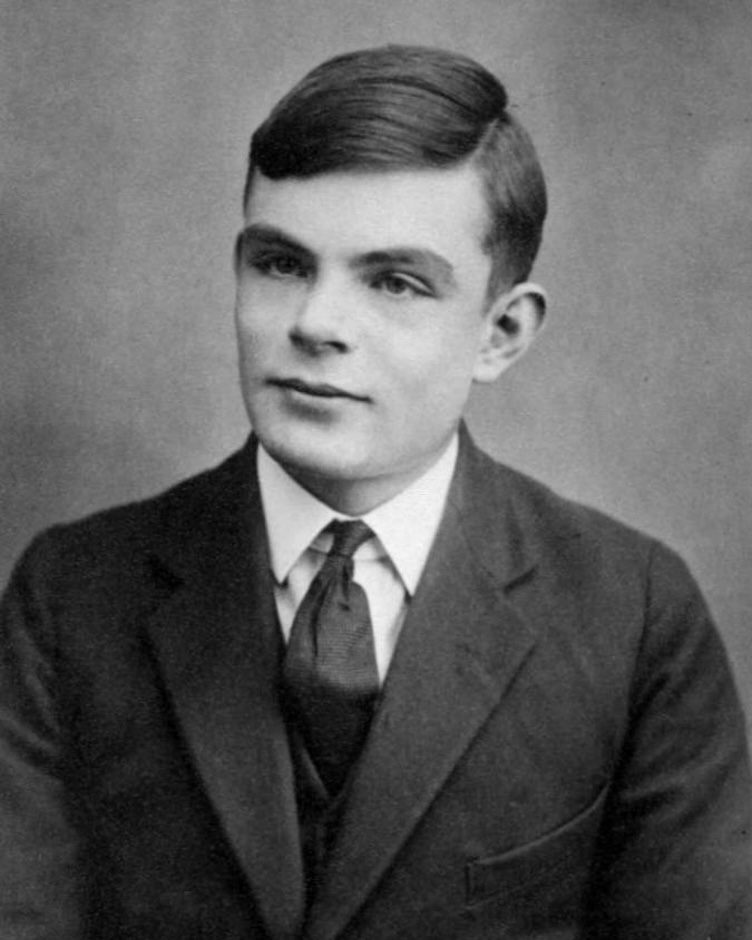Early History
The history of computer science began long before the modern discipline of computer science, usually appearing in forms like mathematics or physics.
Developments in previous centuries alluded to the discipline that we now know as computer science. This progression, from mechanical inventions and mathematical theories towards modern computer concepts and machines,
led to the development of a major academic field, massive technological advancement across the Western world, and the basis of a massive worldwide trade and culture.
The first aids to computation were purely mechanical devices which required the operator to set up the initial values of an elementary arithmetic operation, then manipulate the device to obtain the result.
Later, computers represented numbers in a continuous form (e.g. distance along a scale, rotation of a shaft, or a voltage). Numbers could also be represented in the form of digits, automatically manipulated by a mechanism.
Although this approach generally required more complex mechanisms, it greatly increased the precision of results. The development of transistor technology and then the integrated circuit chip led to a series of breakthroughs, starting with transistor computers and then integrated circuit computers, causing digital computers to largely replace analog computers.
The cost of computers gradually became so low that personal computers by the 1990s, and then mobile computers (smartphones and tablets) in the 2000s, became ubiquitous.
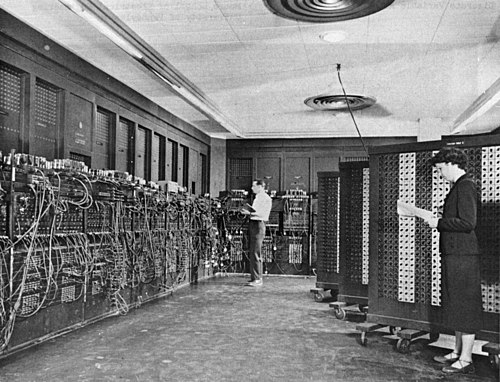
ENIAC (Electronic Numerical Integrator And Computer) in Philadelphia, Pennsylvania.
